In 1926, while putting in place the repressive laws and decrees that would define his dictatorship, Mussolini appointed a new chief of police. Arturo Bocchini was 36, a lawyer and former prefect of Brescia, a cynical, vengeful, witty and corpulent Neapolitan. Under his 17-year tenure, fascist Italy became one of the most sinister and efficient police states of the years between the wars, with overlapping and rivalrous legal and illegal police bodies, fed by a vast army of informers and spies. Said to number around 10,000 at their peak, these men and women were to be found in every corner of Italian life, from the civil service to the Vatican, from industry to the Royal household, from the army to universities. And when the war ended, many of them deftly switched sides, and went to spy for the Allies and the new post-war Italian government.
This febrile world of secret deals, influence, favours cashed in and old scores paid off is the setting for part of Philippe Sands’s new book. While doing research into Lemberg (today’s Lviv) for his very successful East West Street, he got to know Niklas Frank, the son of Hans Frank, the governor general of Occupied Poland who was indicted for mass murder and hanged at Nuremberg. Niklas introduced him in turn to Horst Wächter, the son of Otto, the Nazi governor of Galicia, based in Lemberg between 1942 and 1944, who had also been indicted for mass murder, but had disappeared after the war.
Sands’s book opens with Otto Wächter’s death in 1949 in Rome, where he had been hiding out in a monastery, trying to join the Ratline, the organisation that helped many thousands of former Nazis reach safety in South America. How he died, whether poisoned deliberately by one of the many secret services active in the city, or as a result of swimming in the highly toxic Tevere, forms one strand of the book. What makes this period so endlessly fascinating is that, by the late 1940s, the Russians and communists had replaced the Nazis as the main enemy of the West — and into this mix enters the question of the extent to which the Vatican and the Americans colluded in saving war criminals.
But there is a second strand to Sands’s book, to do with memory and the tenacity with which people cling to their own versions of the past. Horst Wächter accompanied Sands on most of his many journeys of discovery into Otto’s past, first for an article for the Financial Times, later for a series of documentary films. Even as overwhelming evidence of Otto’s crimes mounted, Horst, too young to remember his father but dominated by his memory, found it impossible to acknowledge his criminality. Otto had been, he accepted, wrong; but he had never been a bad man. He had simply followed orders.
And there was indeed a wealth of evidence of every kind. Charlotte, Otto’s wife, was a diarist, a letter writer and a hoarder. When she died she left her archive to her son, who made available to Sands 8,677 pages of letters and postcards, 29 volumes of diaries and a number of sound recordings and interviews. These covered her first meeting with the tall, blond, athletic and flirtatious Otto, and carried on to his steady rise, month by month, through Nazi ranks to his time as governor of Galicia when, in his wife’s words, he implemented ‘his own ideas on humane and good governance’ — which included the murder of several hundreds of thousands of Jews. Via this copious correspondence, Sands was able to follow not only Otto’s movements on the run, first in the Austrian mountains, where Charlotte occasionally joined him, and later in northern Italy and Rome, but also whom he met and where.
Sands is a terrier at research. Over five years he followed every lead, interviewed every survivor, spoke to forensic scientists and combed every archive in Poland, Austria, Germany, Israel and the US, constantly relating, as he does in the book, the past to the present. He traced Otto’s and Charlotte’s friends and their children and members of the Allied secret services who may or may not have been involved in his death, and of the Vatican, some of whose clergy were undoubtedly prominent among Rome’s secret post-war players. Teams of helpers filleted papers and translated documents. It is enough to look through the acknowledgments to understand the remarkable thoroughness of this research.
There is, as readers will discover, no absolute or easy answer to the riddle of Wächter’s death — that of a healthy 39-year-old, fit and energetic, who had successfully evaded capture for four years and was determined to go on doing so. If occasionally Sands’s doggedness can seem a little repetitious, the picture he evokes is unfailingly clear and lively. The seething world of post-war Rome, with its senior fascists reprieved and returning to prominence, its war criminals lurking in hiding, its spies and secret services brokering deals and its adventurers and profiteers making fortunes, has seldom been more vividly described.
Got something to add? Join the discussion and comment below.
Get 10 issues for just $10
Subscribe to The Spectator Australia today for the next 10 magazine issues, plus full online access, for just $10.
You might disagree with half of it, but you’ll enjoy reading all of it. Try your first month for free, then just $2 a week for the remainder of your first year.

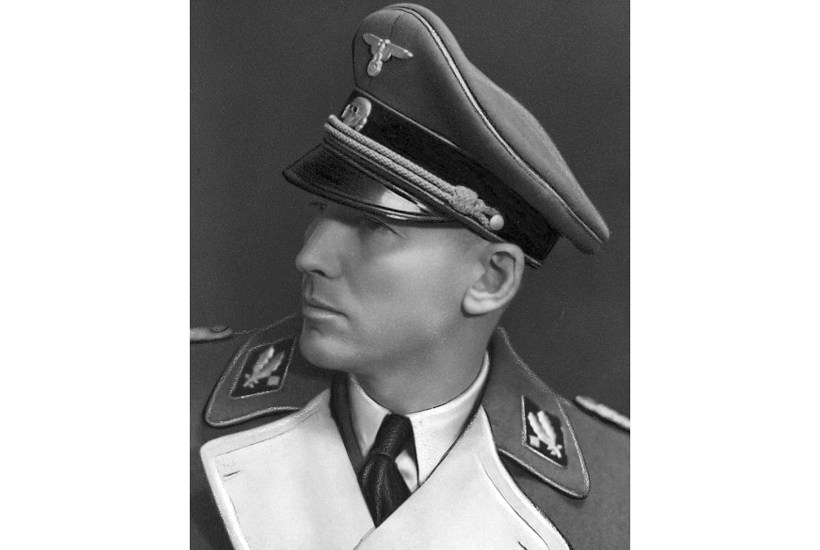
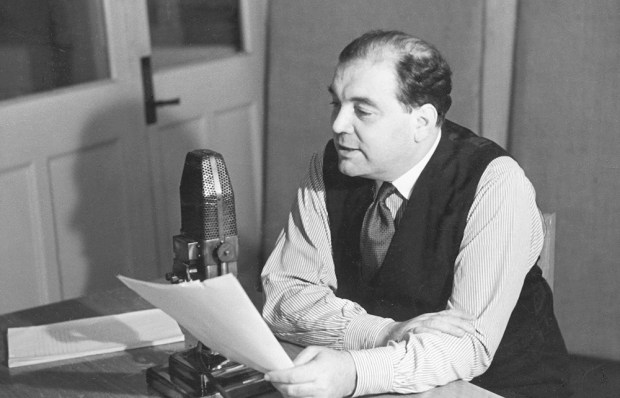
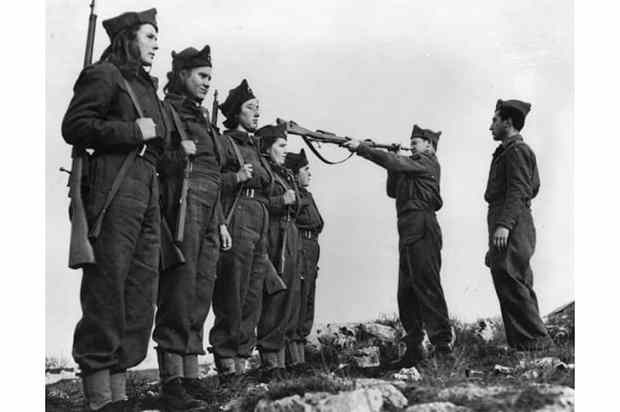
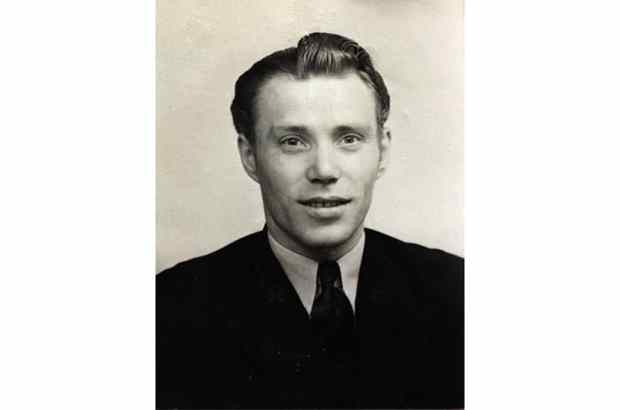
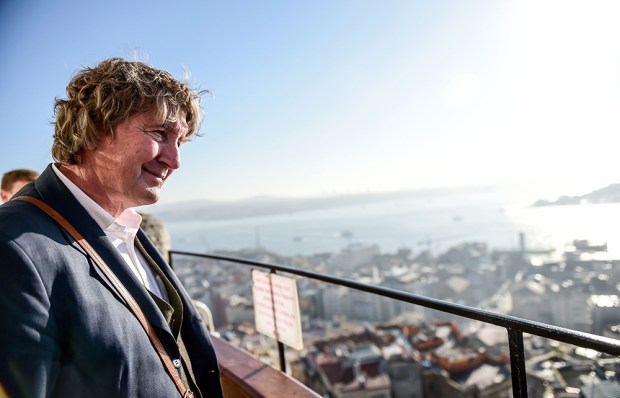

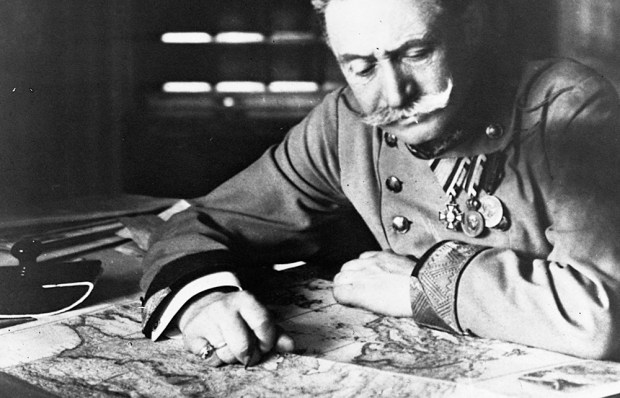






Comments
Don't miss out
Join the conversation with other Spectator Australia readers. Subscribe to leave a comment.
SUBSCRIBEAlready a subscriber? Log in